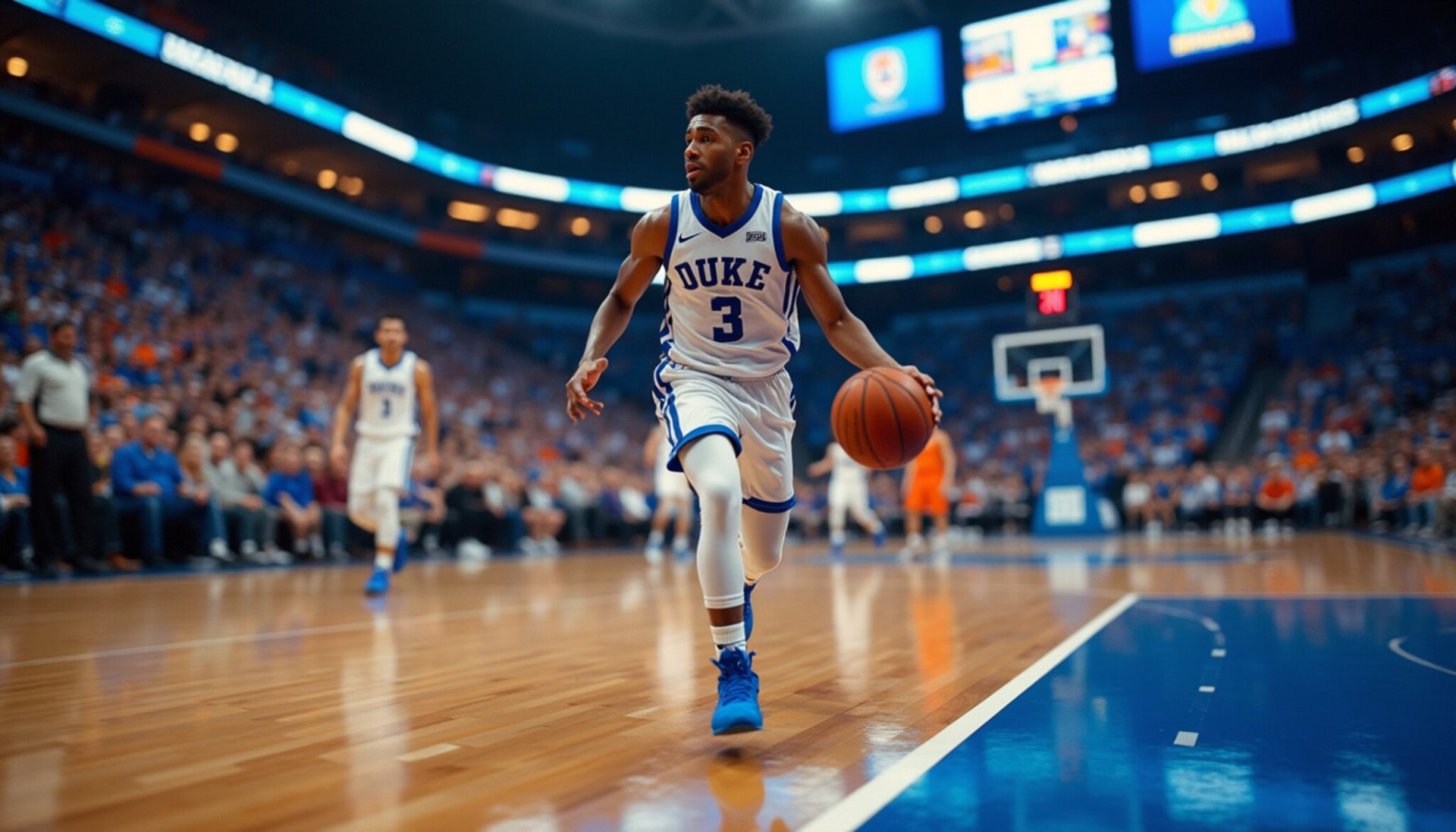In April 2025, college basketball fans are buzzing ahead of the NCAA Final Four. But it feels a little different this year. On the men’s side, the semifinals in San Antonio feature Auburn, Duke, Florida, and Houston— all 1 seeds. For the women, it’s Texas taking on South Carolina and UCLA facing UConn in Tampa, with 3 top seeds and a powerhouse 2-seed. What happened to the exciting underdogs we love? Where are the Cinderella stories that keep us glued to our TVs? This year’s tournaments have been unusually predictable and straightforward. This leads us to a shocking conclusion: have the transfer portal and name, image, and likeness (NIL) deals killed the magic of March Madness?
Let’s start with the men: it’s only the second time in history, where the first being in 2008, all four 1 seeds made it to the Final Four. Back then, it was Kansas, Memphis, North Carolina, and UCLA contesting for the title in San Antonio. This year feels the same yet different as Auburn, and Duke face off against Florida and Houston. The women’s bracket isn’t far behind, with South Carolina, Texas, and UCLA holding top seeds, joined by UConn—a powerhouse that has won 11 national titles.
Fans waiting for a George Mason or Butler style underdog to come out of nowhere and make a splash have been sorely disappointed. Instead, it’s the top dogs showing off their strength.
What Is Causing the Shift?
Players are now switching schools with ease and they can get paid, all thanks to NIL and the Transfer Portal. This branding shift is allowing mega programs like Auburn to pick up larger guards such as Johni Broome from mid-major Morehead State, and UConn snatched Princeton’s Kaitlyn Chen to enhance their already stacked roster. “People talk about the same schools in the Final Four every year,” quipped UConn coach Geno Auriemma last week. A trend that is impossible to ignore. Mid-major programs that used to be the hotbeds for surprise tournament contenders are now reduced to feeder systems for the tournament elite.
Still, stepping back reveals that history has some solace to offer. Parity in college basketball hasn’t died; it simply takes breaks from time to time. Auriemma coached in a Tampa Final Four with all top seeds in 2015, but the following year included Oregon State, Syracuse, and Washington, who hadn’t tasted a Sweet 16 in a decade. On the men’s side, 2009 came after the 2008 stacked Final Four with a flurry of upsets, including three double-digit seeds winning out of one region. This year’s dominance may be just a blip and not a new standard.
Making a Case for the Favorites
Not everyone is sad about the absence of underdogs. ESPN analyst Chiney Ogwumike, a veteran of three Final Fours due to her Stanford lineage, sees the upside. “A lot of times, people watch March Madness for those Cinderellas,” she said, “but at its core, you want to reward the best teams that have been there all year long.” She does have a point. Auburn’s 16 Quad 1 wins, coupled with Houston’s suffocating defense and Duke’s polished play, earns them this stage. On the women’s side, Texas returns after 22 years and UCLA makes their first trip ever in this format. These aren’t just the usual suspects—South Carolina and UConn, as always—these are new faces among the elite.
“When discussing the 2008 Final Four, Roy Williams, the head coach of North Carolina, put it best: ‘This is the g/hreatest gathering of any four teams at a Final Four.’ That year also gave us the memorable moments featuring Tyler Hansbrough, Derrick Rose, Russell Westbrook, and Mario Chalmers who made the shot that sent the game into overtime. Now fast-forward to 2025, the talent is just as impressive – with Paige Bueckers absolutely dominating at UConn, and UCLA’s Cori Close continues to have the program stacked season after season. On the men’s side, both teams placed in the top 7 of KenPom’s efficiency ratings from 2002 onward. Even without the fairytale conclusion, this has the potential to be legendary.”
Conclusion
So, where are the underdogs? Defeated? Not yet. The tilt of the NIL policies and the transfer portal might contribute to the dominance of powerhouse teams, while revenue sharing later this year could make things even worse financially. Nevertheless, college basketball always manages to keep us on our toes. It wouldn’t be too surprising if we encounter a challenger like VCU or Loyola next year. For now, all eyes are on San Antonio and Tampa, where a clash of titans is about to occur—teams that put in an endless effort to reach this point. “Whoever gets through this will have done it against the best of the best,” Texas coach Vic Schaefer stated. He’s right—it’s a spectacle worth tuning in for. What do you think: does this signal the end of underdog stories in March Madness, or will we see the little guys bounce back next season?
